 |
 |
 |
 |
 |
|
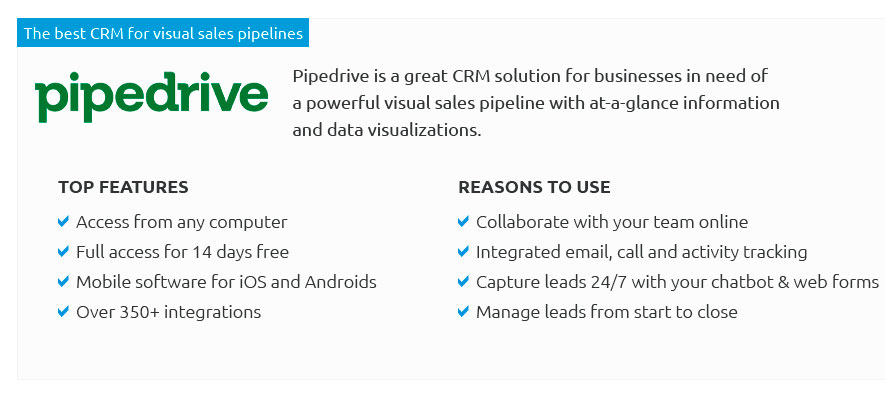 |
|
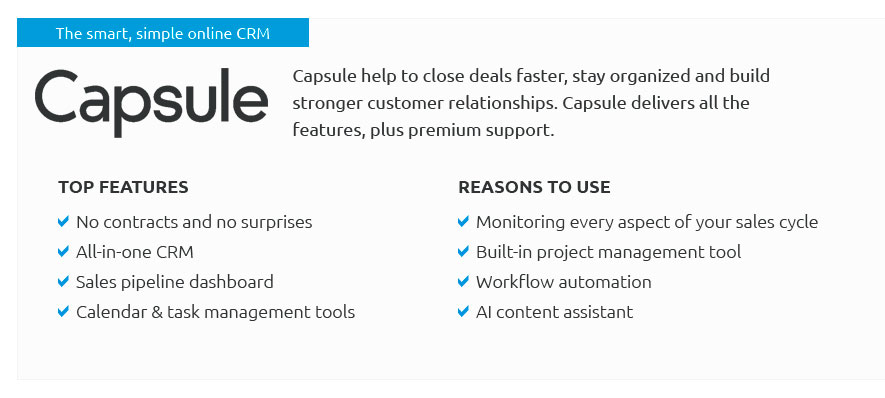 |
|
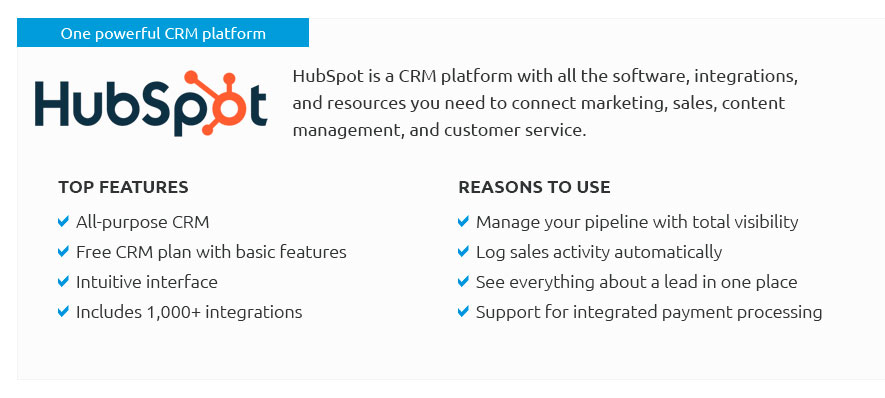 |
|
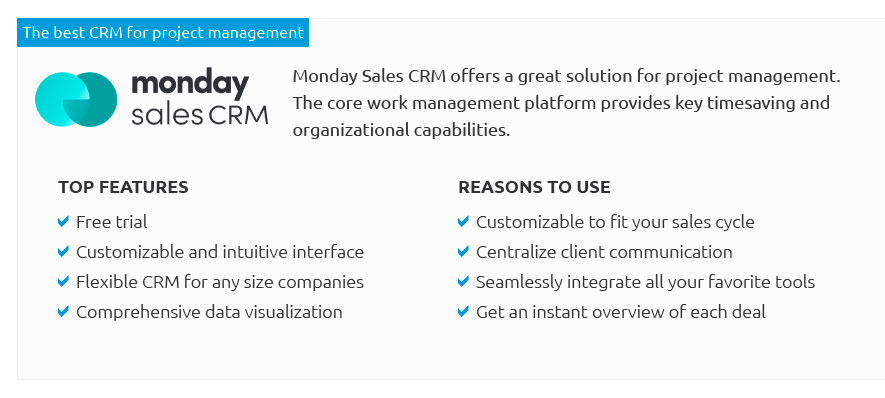 |
|
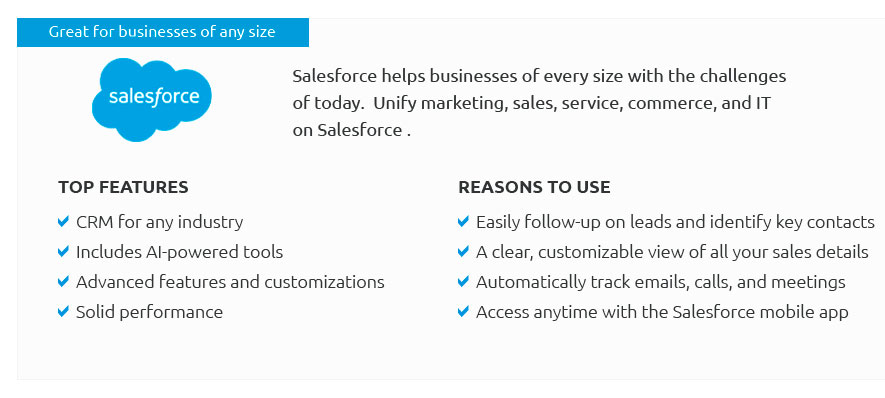 |
|
 |
 |
Exploring the Dynamics of Customer Record Management SystemsIn today's fast-paced business environment, a Customer Record Management System (CRMS) stands as a pivotal tool in ensuring that businesses maintain a competitive edge. Its ability to organize, analyze, and leverage customer data is unparalleled, offering a treasure trove of insights that can be harnessed to improve customer relationships and drive growth. The primary advantage of a CRMS is its capacity to store vast amounts of data in an easily accessible manner. Imagine having all your customer interactions, preferences, and feedback at your fingertips. This kind of access allows businesses to tailor their services and communications, fostering a more personalized experience for each customer. Such personalization is not merely a luxury but a necessity in a world where customer expectations are continually evolving. Furthermore, the analytical capabilities of these systems cannot be overstated. By aggregating data across various touchpoints, a CRMS provides insights that can inform strategic decisions. For instance, identifying trends in customer behavior can lead to the development of more effective marketing campaigns. Additionally, understanding customer pain points can drive improvements in product offerings and customer service strategies. However, the implementation of a CRMS is not without its challenges. One of the most significant hurdles is the initial cost and the complexity of integration with existing systems. Small to medium-sized enterprises might find these initial barriers daunting. Additionally, the effectiveness of a CRMS heavily relies on the quality of data inputted into the system. Inaccurate or incomplete data can lead to misleading insights and poor decision-making. Another consideration is the ongoing maintenance and updates required to keep the system running smoothly. As technology advances, so too must the CRMS adapt to ensure compatibility and security. This can place a burden on IT departments, requiring a continuous investment of resources. Despite these challenges, the benefits of a well-implemented CRMS often outweigh the drawbacks. The automation of routine tasks, such as data entry and report generation, frees up valuable time for employees to focus on more strategic initiatives. Moreover, the centralization of information reduces the silos within an organization, fostering a more collaborative and informed workforce. In conclusion, while the adoption of a Customer Record Management System requires thoughtful consideration and investment, its potential to transform customer relationships and enhance business operations is substantial. As businesses continue to navigate the complexities of the modern marketplace, a CRMS remains an invaluable asset that, when leveraged effectively, can lead to sustained success. https://www.zendesk.com/service/ticketing-system/customer-database-software/
Keap is a suite of CRM and marketing tools, including a customer service database. Focused on small business automation and CRM software, Keap ... https://blog.salesflare.com/best-customer-database-software
CRM (Customer Relationship Management) software, such as Salesflare, HubSpot, and Salesforce, is commonly used to keep customer records. These systems help ... https://www.nicepublicsafety.com/glossary/records-management-system-rms
A Records Management System (RMS) is a software solution designed to streamline the management, organization, and accessibility of records and documents within ...
|